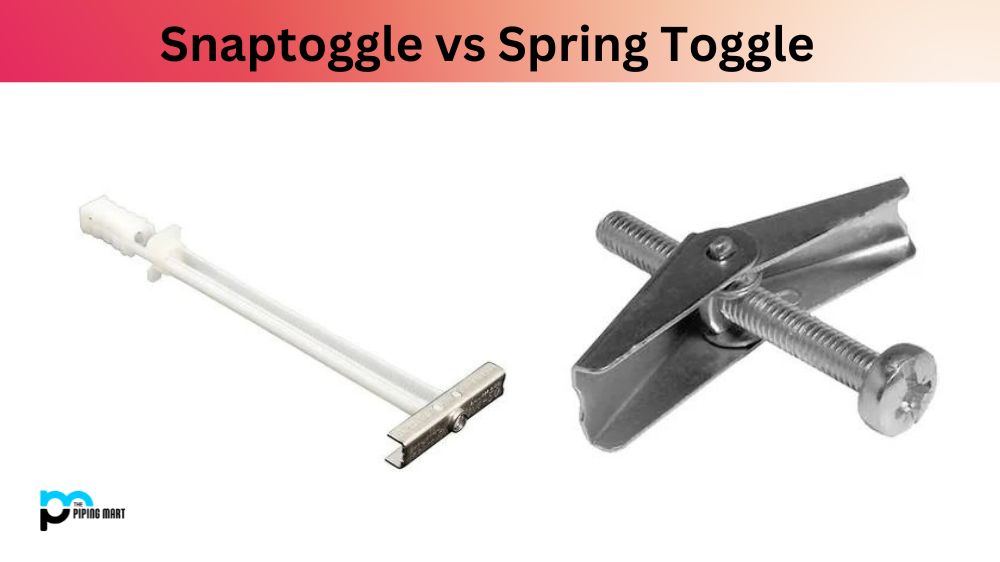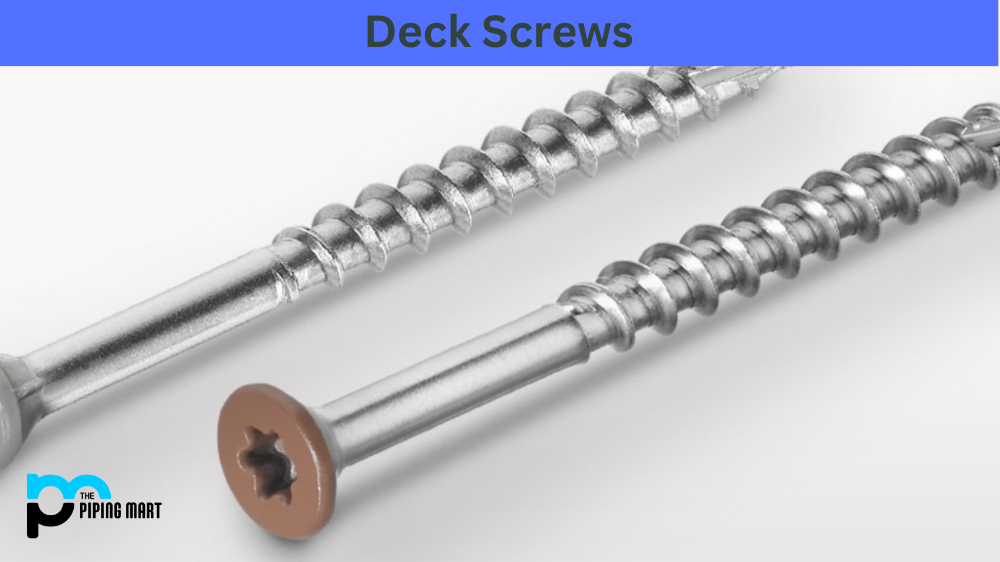Rivets are essential fastening components used in the construction, automotive, aerospace, and many other industries. They hold two or more materials together either permanently or semi-permanently. If you are in the market for rivets, you’ve probably come across Tri-fold rivets and Bulb tite rivets. These rivets look quite similar but have distinctive features that make them unique. This blog post aims to educate you on the differences between Tri-fold rivets and Bulb tite rivets to help you make an informed decision when selecting rivets for your project.
What is Tri-Fold Rivets?
Tri-Fold Rivets are durable metal fasteners that are widely used in the manufacturing industry. They consist of three interconnected pieces which pivot and lock together, providing a secure join with high shear strength. The rivets can be installed quickly and easily without the need for special tools or pre-drilled holes. Their wedge-like design gives them an incredibly strong hold, making them suitable for use in any application requiring long lasting reliability.
What is Bulb Tite Rivet?
Bulbtite Rivet is a high-strength blind rivet used for automotive and heavy-duty applications. It combines the strength of an installed nut with the convenience of a blind riveting process, yielding powerful mechanical joints that won’t come loose under shock or vibration. Its unique design allows it to work in hollow or solid materials and its wide range of available sizes makes it suitable for many applications.
Difference Between Tri Fold Rivets and Bulb Tite Rivet
Design
Tri-fold rivets and Bulb tite rivets have different designs. Tri-fold rivets are a one-piece rivet consisting of a pin, a mandrel, and a head. They create a tri-lobular shape that increases their holding power. On the other hand, Bulb tite rivets comprise two pieces – a mandrel and a body. The body has a protruding bulb that deforms during installation, expanding into the hole’s material and creating a seal. The mandrel snaps off to finish the riveting process.
Materials
Tri-fold rivets and Bulb tite rivets are made from different materials. Tri-fold rivets are usually made from aluminium alloys, stainless steel, or different types of steel. In contrast, Bulb tite rivets are made of stainless steel or aluminium, making them more versatile in applications that require different materials.
Application
The application of Tri-fold rivets and Bulb tite rivets is also different. Tri-fold rivets work best in applications where there’s a need for strong shear and tensile strength. They are perfect for low-stress applications or when fastening thin plastic, sheet metal, and other materials where a large flange for a secure grip is unnecessary. On the other hand, Bulb-tite rivets are made to create a seal between the hole’s material and the head of the rivet. They are ideal for applications requiring a watertight or airtight seal.
Strength
Tri-fold rivets and Bulb tite rivets have different levels of strength. Tri-fold rivets provide exceptional holding power due to their tri-lobular shape, ensuring a secure grip. They can withstand shear and tensile forces, making them ideal for fastening metal and other materials. On the other hand, Bulb tite rivets provide less holding power compared to Tri-fold rivets. However, they are still strong enough for most low-stress applications.
Cost
Cost is another key factor when choosing between Tri-fold rivets and bulk tite rivets. Tri-fold rivets are generally more expensive due to their construction and strength, making them ideal for applications that require high strength and durability. On the other hand, Bulb tite rivets are typically less expensive than Tri-fold rivets. They are ideal for budget-sensitive projects without compromising on quality.
Conclusion:
Having gone through the features and capabilities of Tri-fold rivets and Bulb tite rivets, it’s evident that these two rivets have specific purposes and applications. Choosing the right rivet for your project will depend on various factors, such as the material, application, and strength requirements. Analyzing all these factors carefully is essential to choosing the ideal rivet for your application. This blog post has given insight into the differences between Tri-fold rivets and Bulb tite rivets to help you select the right components for your project.

Meet Bhavesh, a seasoned blogger with a wealth of knowledge and experience. From metal products manufacturing to retail, Bhavesh has a diverse background in various industries and is dedicated to sharing his insights and expertise with readers.




